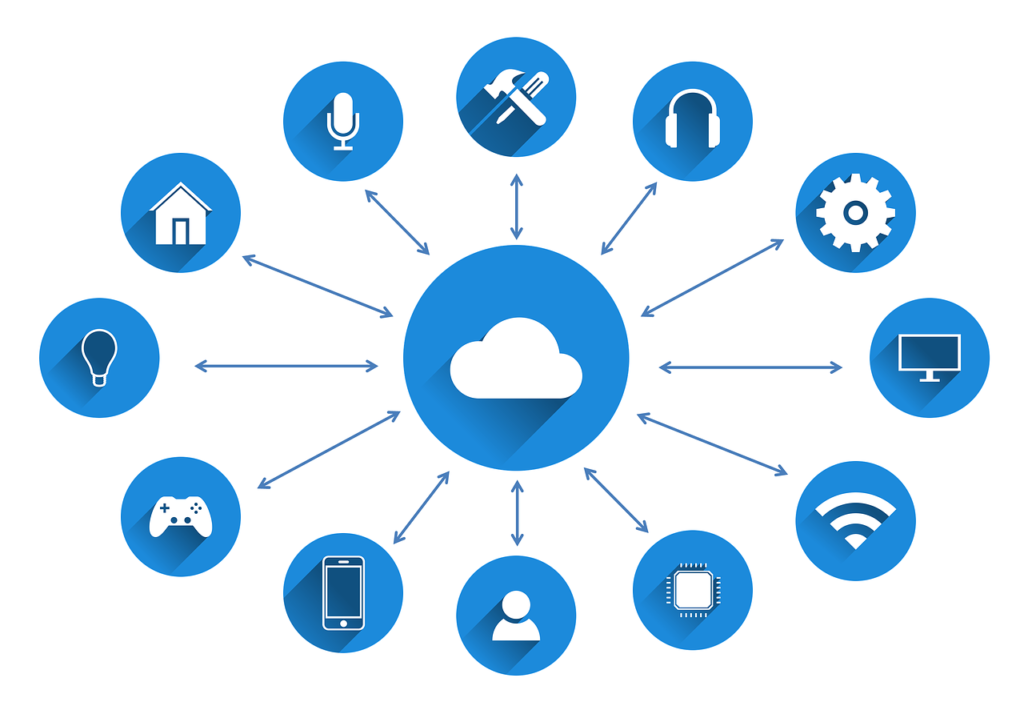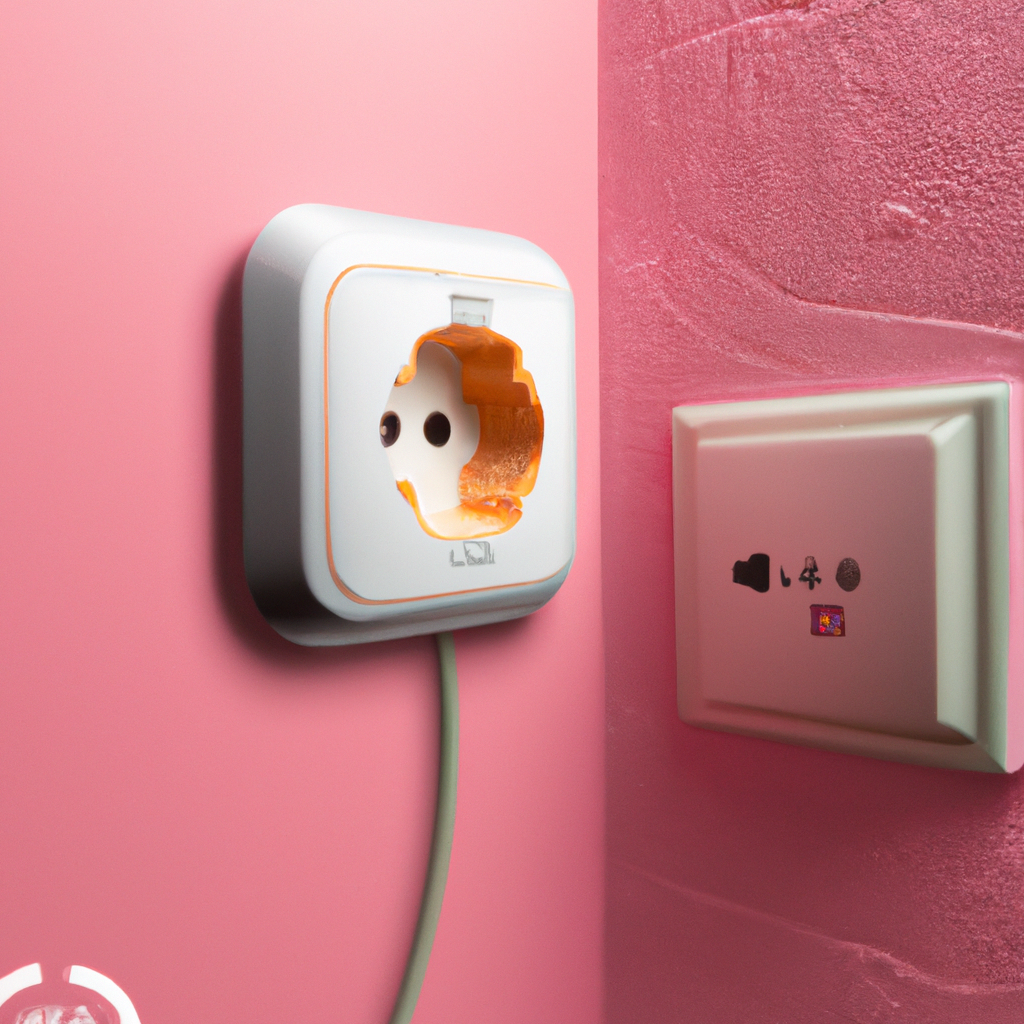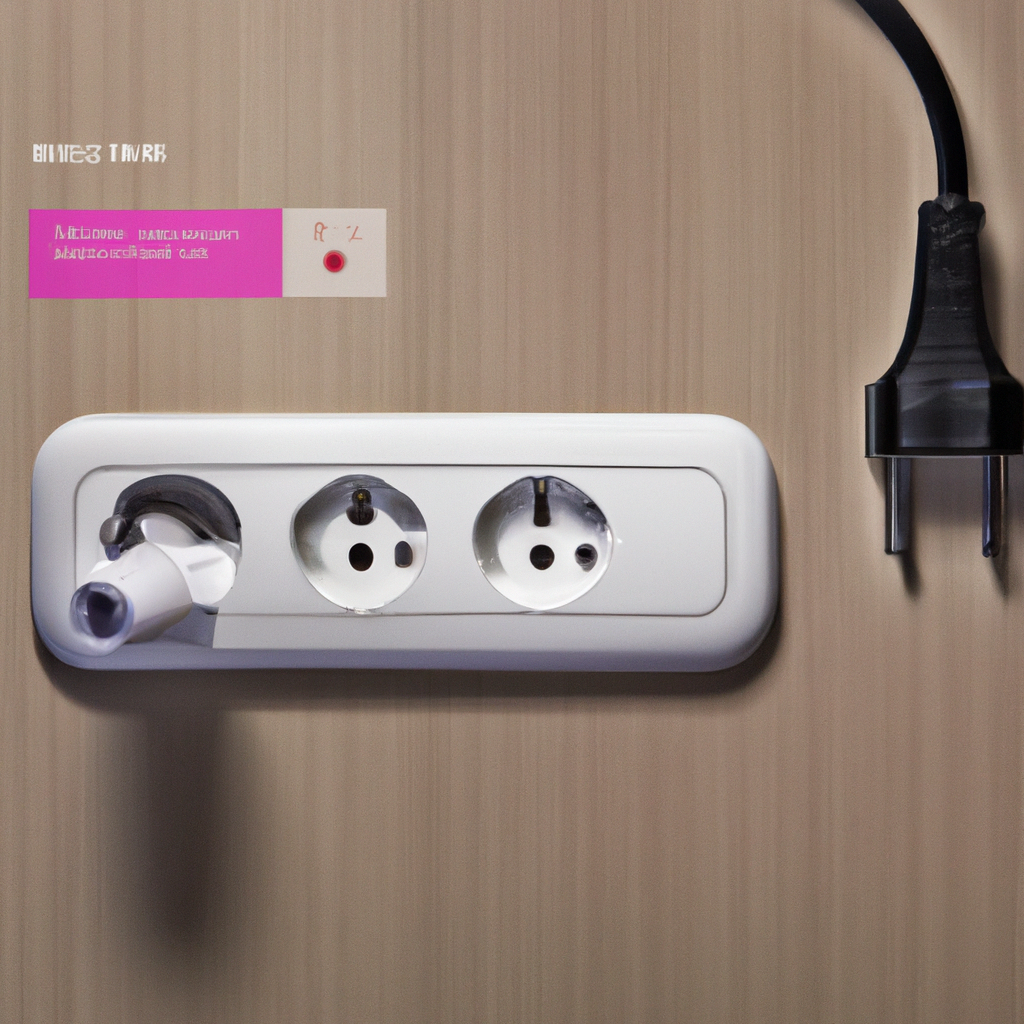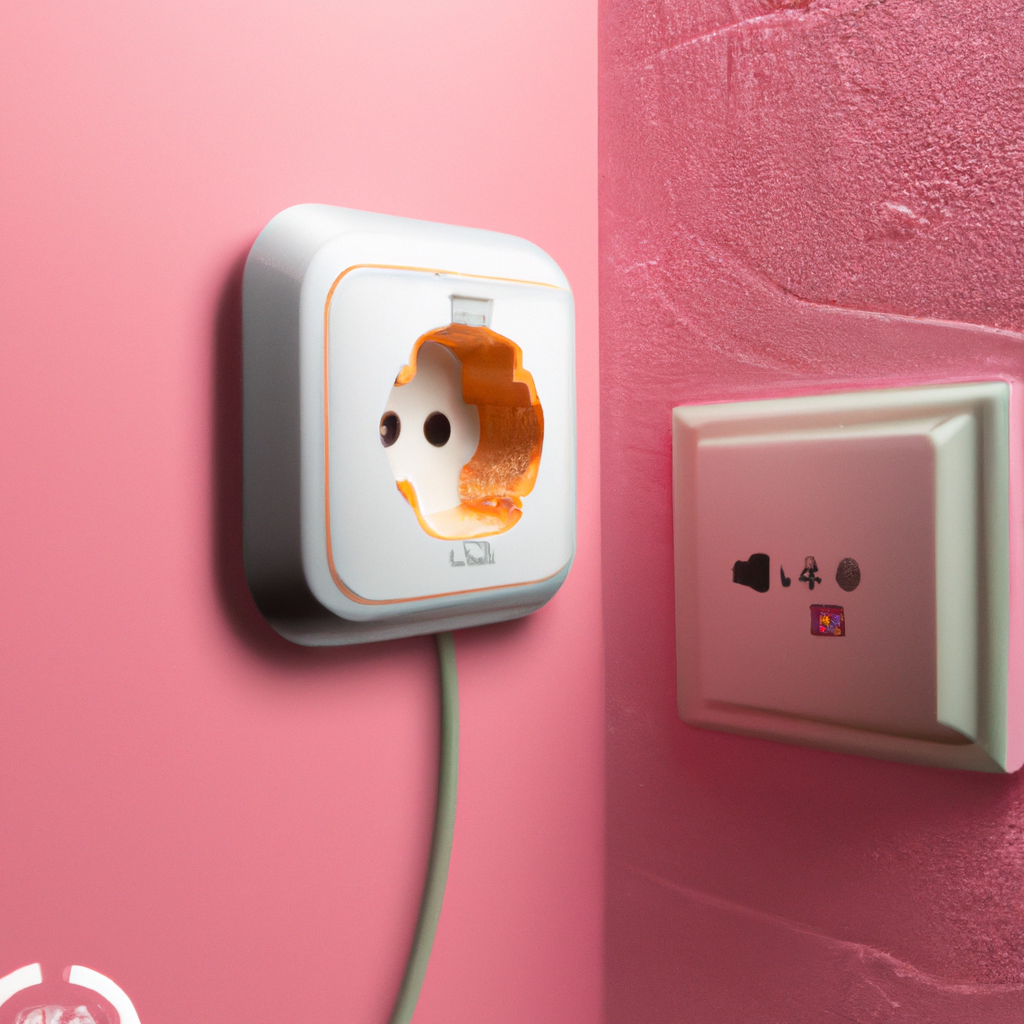Imagine being able to control your devices with just a simple voice command or a tap on your smartphone. That’s the magic of smart plugs. These discreet yet powerful devices have revolutionized the way we interact with our household appliances. By simply plugging them into a wall socket, you can transform any ordinary device into a smart one, granting you the ability to control it remotely. But how do they actually work? In this article, we will explore the fascinating world of smart plugs, uncovering their functionality and the endless possibilities they bring to our lives.
What are smart plugs?
Smart plugs, also known as smart electrical outlets or smart sockets, are devices that can be remotely controlled using a smartphone, tablet, or voice assistant. These innovative devices plug into traditional electrical outlets and allow you to control the power supply to whatever is connected to them. Smart plugs have become increasingly popular in recent years due to their convenience and energy-saving capabilities.
How do smart plugs work?
Smart plugs work by connecting to your home’s Wi-Fi network and pairing with a smartphone or other smart devices. Once connected, you can control the smart plug remotely through a dedicated mobile app or voice commands. When a device is plugged into the smart plug, it becomes a “smart” device, and you gain the ability to turn it on or off, set schedules, monitor energy usage, and more.
The smart plug acts as a bridge between your devices and the power source. It allows you to control the flow of electricity to different appliances or devices connected to it. With the help of Wi-Fi connectivity, you can give commands to the smart plug through the app or your voice, and it will transmit those commands to the connected devices, regulating their power supply accordingly.

Benefits of using smart plugs
Using smart plugs offers several advantages for homeowners. Firstly, they provide greater control and convenience. Imagine being able to turn off your bedroom lamp without having to get out of bed or being able to start brewing your morning coffee before even getting out of the shower. With smart plugs, you have the power to control your devices from anywhere, making your life more efficient and comfortable.
Another significant benefit of smart plugs is their energy-saving capabilities. You can set schedules for your devices to turn on and off automatically, ensuring they are not left running unnecessarily. By eliminating standby power consumption, smart plugs help reduce your electricity bills and contribute to a more sustainable environment.
Smart plugs also enhance home security. With the ability to control lights and other devices remotely, you can create the illusion of someone being home even when you’re away on vacation. This can deter potential burglars and provide peace of mind.
Types of smart plugs
There are various types of smart plugs available in the market, each with its own unique features and compatibility. Here are a few common types:
Wi-Fi Smart Plugs: These are the most popular type of smart plugs that connect directly to your home’s Wi-Fi network. They offer compatibility with smartphones, voice assistants, and home automation platforms.
Bluetooth Smart Plugs: These smart plugs connect to your devices via Bluetooth. They are typically more limited in range compared to Wi-Fi plugs, but they can still be controlled remotely as long as your smartphone is within Bluetooth range.
Zigbee/Z-Wave Smart Plugs: These smart plugs require a separate hub or bridge to connect to your home automation system. They offer a more secure and reliable connection, ideal for larger smart home setups.
Energy Monitoring Smart Plugs: These smart plugs not only allow you to control devices but also monitor their energy consumption. They provide valuable insights into your energy usage, helping you identify energy-hungry appliances and make more informed decisions.

Installation process of smart plugs
Installing smart plugs is a simple and straightforward process that can be completed in just a few minutes. Here are the general steps:
Find an electrical outlet near the device you want to control and plug in the smart plug.
Download the dedicated mobile app provided by the smart plug manufacturer.
Create an account or log in to the app.
Follow the app’s instructions to connect the smart plug to your home’s Wi-Fi network.
Once connected, the app will usually guide you through the process of naming the smart plug and setting up any desired schedules or automation rules.
Finally, connect your device or appliance to the smart plug and start enjoying the convenience of remote control.
Keep in mind that specific installation instructions may vary depending on the brand and model of the smart plug you choose. Always refer to the manufacturer’s manual or online resources for detailed guidance.
Compatibility of smart plugs
Smart plugs are designed to work with a wide range of devices and appliances, but it is essential to ensure compatibility before making a purchase. Most smart plugs are compatible with standard household electrical outlets, but certain high-power or specialty outlets may require specific plug models.
In terms of compatibility with smart devices, the majority of smart plugs can be controlled through dedicated mobile apps available for both iOS and Android devices. Additionally, many smart plugs integrate seamlessly with popular voice assistants like Amazon Alexa and Google Assistant. This allows you to control your smart plugs using voice commands, offering a hands-free and convenient experience.
To ensure compatibility, always check the product specifications or consult with the manufacturer before purchasing a smart plug. It is also worth noting that some smart plugs require a home automation hub or bridge for integration with other smart home devices, so be sure to consider your existing setup.

Smart plugs vs traditional timers
While traditional timers have been used for decades to automate electrical devices, smart plugs offer several advantages over their older counterparts.
Traditional timers typically operate on a pre-set schedule, requiring manual adjustments for changes in routine or unpredictable events. In contrast, smart plugs allow you to create dynamic schedules that can be easily adjusted through a mobile app. They offer flexibility in setting timers for different days of the week, specific times, or even random intervals to simulate activity when you’re away.
Smart plugs also provide the ability to control devices remotely, giving you greater convenience and flexibility. With traditional timers, you may need to physically access the timer or outlets to make changes. Smart plugs, on the other hand, can be controlled from anywhere with an internet connection, offering unparalleled ease-of-use.
Another advantage of smart plugs is their energy monitoring capabilities. Unlike traditional timers, smart plugs with energy monitoring features provide real-time information on power consumption. This allows you to identify energy-hungry devices and take steps to reduce unnecessary consumption, ultimately helping you save on your energy bills.
Controlling smart plugs with voice assistants
One of the most convenient features of smart plugs is their compatibility with popular voice assistants like Amazon Alexa, Google Assistant, and Apple Siri. This integration allows you to control your smart plugs using simple voice commands, adding an extra layer of convenience and ease-of-use.
To control smart plugs with a voice assistant, you first need to set up the smart plug with the corresponding mobile app and ensure it is connected to your home’s Wi-Fi network. Then, enable the smart plug’s skill or action in the voice assistant’s app and link your smart plug account.
Once set up, you can use voice commands to turn on or off your connected devices. For example, you can say, “Hey Google, turn off the living room lamp” or “Alexa, turn on the coffee maker.” Voice control eliminates the need to reach for your phone or manually operate the smart plug, making it a convenient solution for hands-free operation.
Energy monitoring and scheduling with smart plugs
Energy monitoring is a valuable feature offered by many smart plugs. By providing real-time data on energy consumption, you can gain insights into your household’s power usage habits. This information allows you to make more informed decisions regarding energy usage and identify areas where you can save.
Smart plugs with energy monitoring capabilities typically provide data such as real-time power usage, cumulative energy consumption, and historical trends. This information can be accessed through the smart plug’s dedicated mobile app, giving you a comprehensive overview of individual devices’ energy consumption.
In addition to energy monitoring, smart plugs allow you to schedule your devices’ operation to optimize energy usage. By setting schedules for specific devices, you can ensure they are turned off when not in use and minimize standby power consumption. This feature is especially useful for devices like televisions, computers, and other electronics that tend to consume power even when not actively in use.
Integration of smart plugs with other smart home devices
Smart plugs offer excellent compatibility with other smart home devices, allowing you to create a cohesive and interconnected smart home network. Integration with devices such as smart lights, thermostats, and security systems can enhance the functionality and automation capabilities of your smart plugs.
For example, you can set up a routine where your smart plug turns on your living room lamp at sunset and turns it off at bedtime. By integrating your smart plug with a smart thermostat, you can also have the thermostat adjust the temperature in your home when a smart plug detects that you have arrived or left, ensuring optimal comfort and energy savings.
Furthermore, smart plugs can be used in conjunction with smart home hubs, such as Samsung SmartThings or Apple HomeKit, to create more complex automation scenarios. With the help of these hubs, you can synchronize actions across multiple smart devices, creating a truly interconnected and intelligent home environment.
In conclusion, smart plugs are a fantastic addition to any household, offering convenience, energy savings, and integration with various smart devices. Their ability to remotely control devices, monitor energy consumption, and connect with voice assistants make them a versatile and valuable tool for creating a smart home ecosystem. Whether you want to increase comfort, save energy, or enhance home security, smart plugs provide the flexibility and control you need. So why not transform your home into a smarter and more efficient space with the help of smart plugs?










